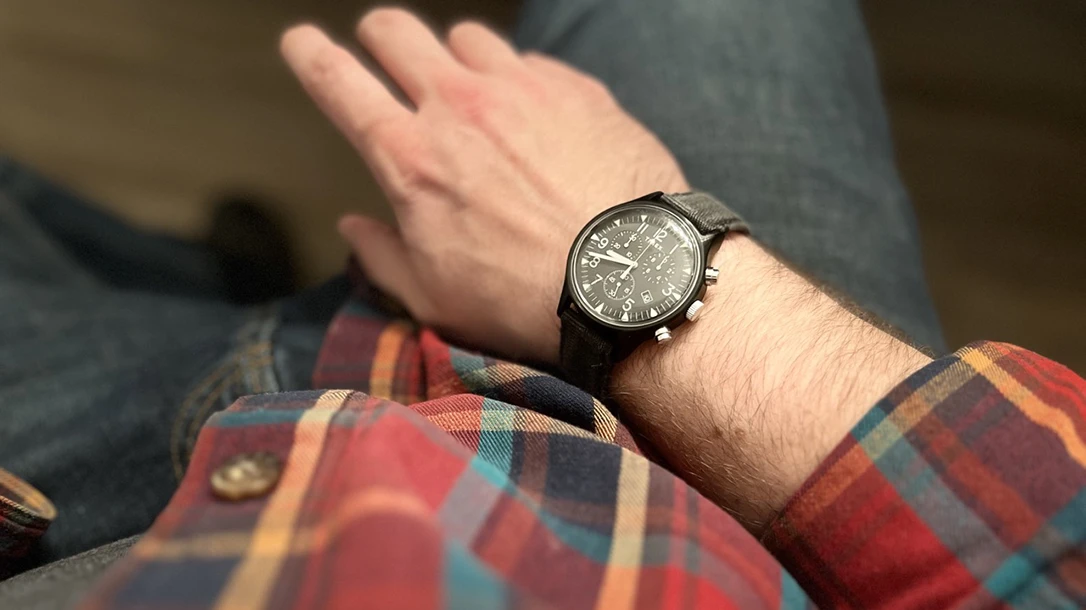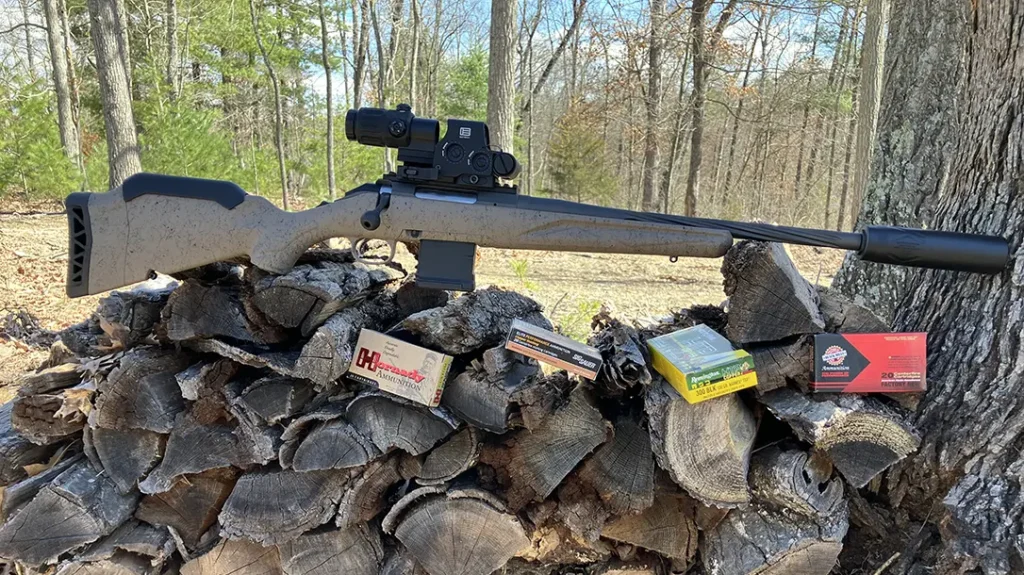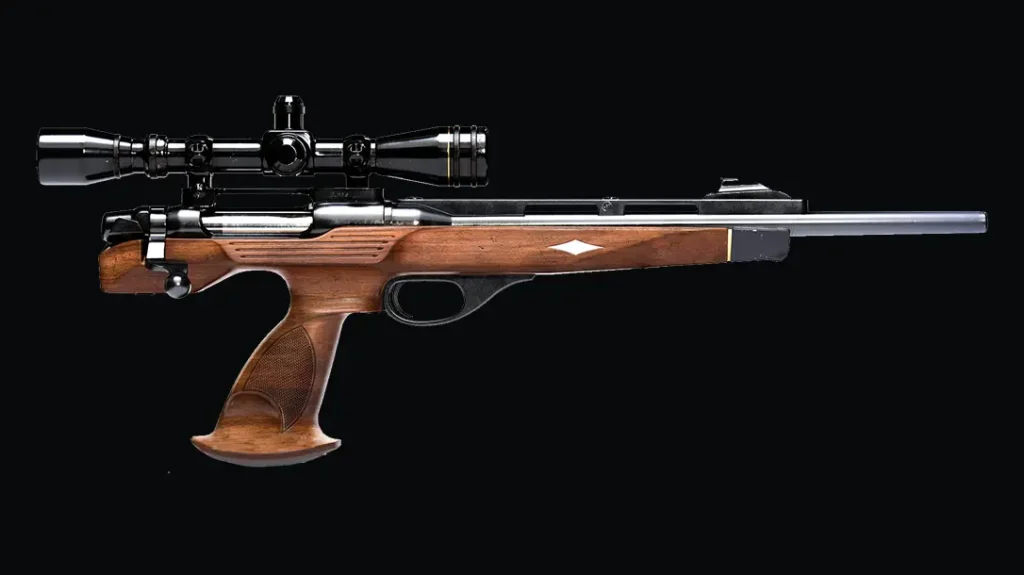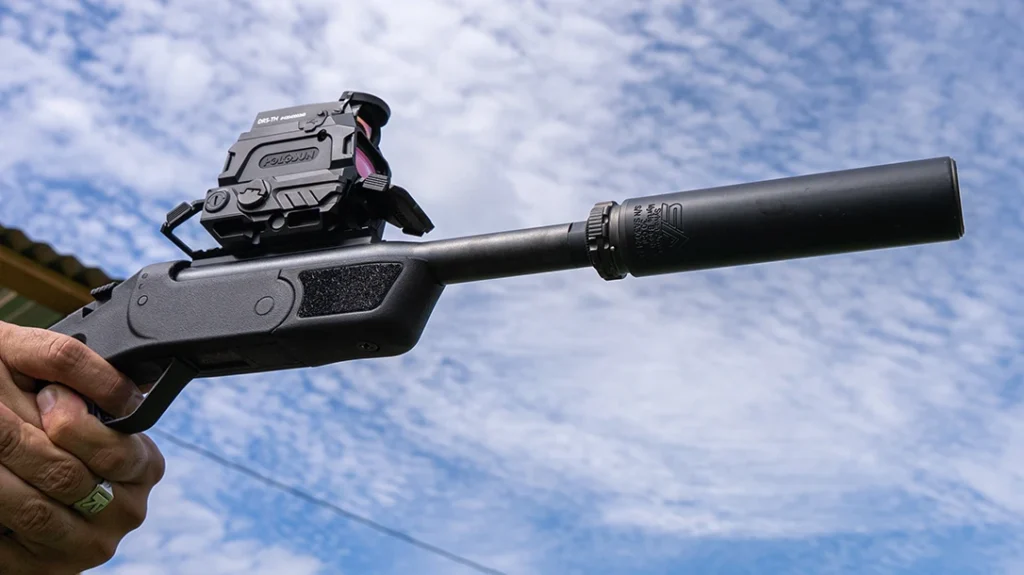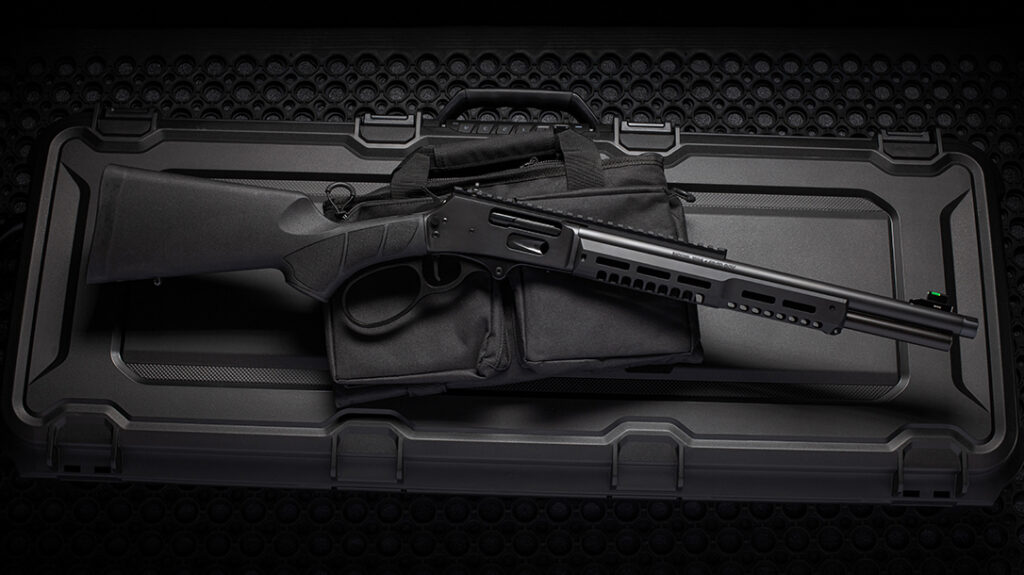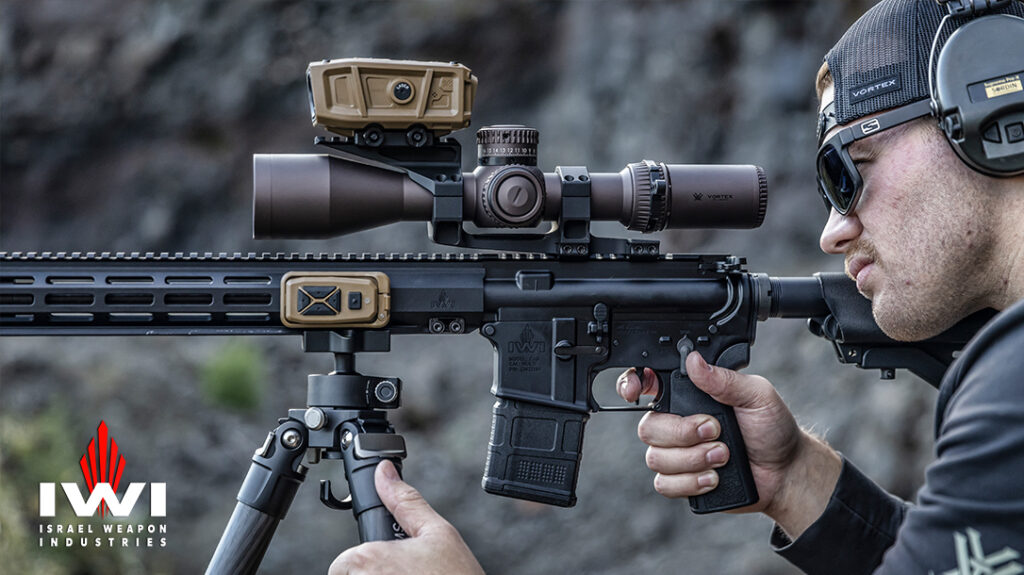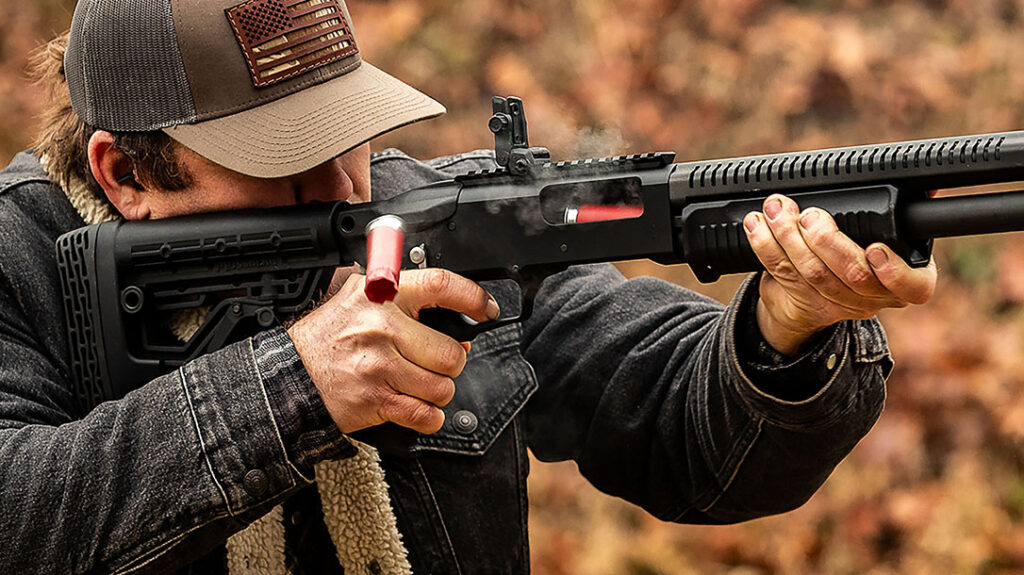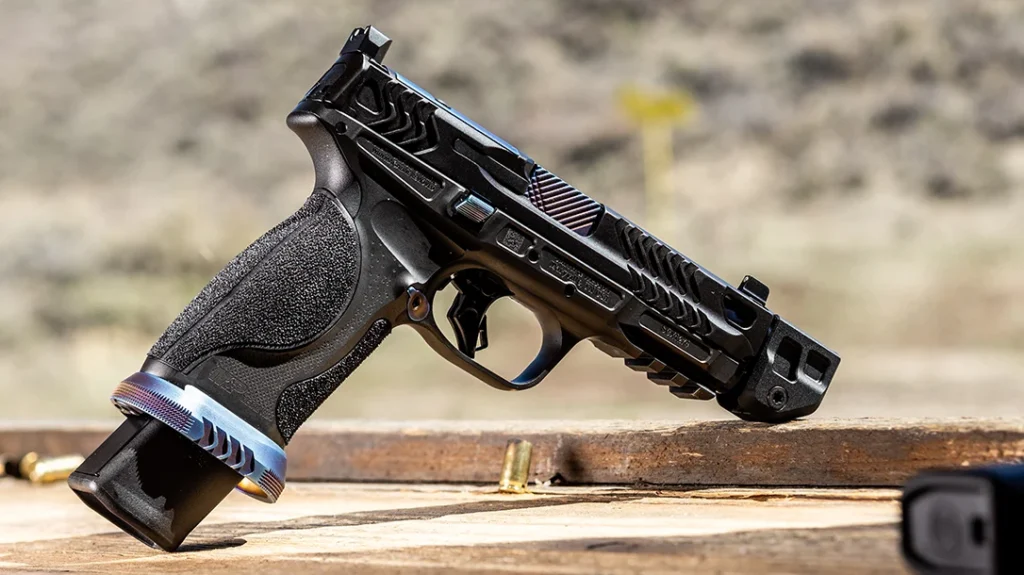Watches have long been a defining accessory for men. More than just a tool for telling time, they represent personal style, heritage, and status. But for those new to the world of watches, it can feel overwhelming—mechanical vs. quartz, dress vs. diver, chronographs, complications, movements—where do you even start?
This guide is here to de-mystify watches, offering a full breakdown of watch types, movements, and when to wear them. Whether you’re looking for your first quality timepiece or simply want to make more informed decisions, this will give you the foundation to navigate the world of watches with confidence.
Basic Nomenclature:
• Bezel – The ring around the watch face. Some rotate (like on dive watches), while others are fixed.
Advertisement — Continue Reading Below
• Lugs – The metal parts that connect the case to the strap or bracelet.
• Crown – The small knob on the side of the case used to set the time or wind the watch.
• Complications – Additional features beyond telling time, like a chronograph or moon phase display.
Advertisement — Continue Reading Below
• Crystal – The glass that covers the dial. Can be acrylic (plastic), mineral (mid-tier), or sapphire (most scratch-resistant).
De-Mystify Watches: The Three Major Types
1. Dress Watches
A dress watch is the simplest, most refined timepiece a man can wear. Traditionally, dress watches are slim, have a clean dial, and use minimal ornamentation.

Advertisement — Continue Reading Below
Key Features:
• Slim case profile (fits under a cuff)
• Simple dial (often just hour markers and hands)
• Leather strap or metal bracelet
Advertisement — Continue Reading Below
• Usually smaller in diameter (36mm–42mm)
When to Wear:
• Business meetings
• Weddings or formal events
Advertisement — Continue Reading Below
• Black-tie occasions
Notable Brands:
• Orient Bambino ($150–$200)
• Tissot Le Locle Powermatic 80 ($500–$700)
Advertisement — Continue Reading Below
• Nomos Tangente ($2000–$3500)
2. Sports Watches
Sports watches blend function with durability. While designed for active lifestyles, they can also be dressed up or down depending on the occasion. These watches often have higher water resistance, a “lume” feature (glowing markers for low-light readability), and stronger cases.

Advertisement — Continue Reading Below
Key Features:
• Rugged construction (often stainless steel or titanium)
• Some level of water resistance (typically 50m–200m)
• Luminous hands and markers
Advertisement — Continue Reading Below
• More prominent size (38mm–45mm)
When to Wear:
• Casual settings
• Business casual attire
• Traveling
Notable Brands:
• Seiko 5 Sports ($150–$250)
• Hamilton Khaki Navy Scuba ($600–$800)
• Tudor Black Bay 36 ($3000–$4000)
3. Tool Watches
Tool watches are designed with a specific function beyond just telling time. This category includes dive watches, pilot watches, chronographs, and field watches.

Key Features:
• Built for extreme conditions
• Extra features like chronographs (stopwatches), GMT (dual time zones), or depth gauges
• Strong cases, high water resistance, and specialized dials
Notable Watches:
• Casio G-Shock GW-M5610 ($100–$200)
• Citizen Promaster Nighthawk ($300–$500)
• Sinn 556i ($1500–$2500)
De-Mystify Watches: Movements
A watch’s “movement” is the internal mechanism that powers the timekeeping function. This is essentially the heart of the watch, determining how it tracks time and how it operates. While there are numerous variations, most watches fall into three primary categories: Quartz, Mechanical, and Hybrid movements.
Quartz Movement (Battery-Powered)
Quartz watches are powered by a battery that sends an electric charge through a small quartz crystal. The crystal vibrates at a consistent frequency (32,768 times per second), regulating time with remarkable accuracy. These watches are affordable, durable, and require minimal maintenance, making them the go-to option for those who want a reliable timepiece without the fuss of winding or servicing.
• Pros: Extremely accurate (losing/gaining only a few seconds per month), low maintenance, and affordable.
• Cons: Lacks the intricate craftsmanship and mechanical heritage that many watch enthusiasts appreciate.

Notable Quartz Watches:
• Casio G-Shock – Built for durability and extreme conditions.
• Timex Standard Chronograph – A stylish, everyday quartz watch with classic appeal.
Mechanical Movements (Hand-Wound / Automatic)
Mechanical watches rely on a tightly coiled mainspring to power the watch, rather than a battery. These are the traditional timepieces that have been in use for centuries. Within mechanical watches, there are two primary types:
• Hand-Wound (Manual) / Automatic (Self-Winding): Uses a weighted rotor inside the watch that moves with the wearer’s wrist movements, automatically winding the mainspring. If worn regularly, an automatic watch never needs to be manually wound.
• Pros: Exquisite craftsmanship, long lifespan (with proper servicing), and a connection to classic watchmaking.
• Cons: More expensive than quartz, requires servicing every 5–10 years to maintain accuracy.

Notable Mechanical Watches:
• Seiko 5 Automatic – An excellent, affordable automatic with reliable movement.
• Hamilton Khaki Field Mechanical – A manual-wind watch that embodies military heritage and durability.
Hybrid Movements (Spring Drive & Solar-Powered)
Beyond traditional quartz and mechanical movements, some watches feature hybrid technologies that blend elements of both.

• Spring Drive (Seiko Exclusive): A fusion of mechanical and quartz technology, Seiko’s Spring Drive movements use a mainspring like a mechanical watch but regulate time with a quartz oscillator. This results in the precision of quartz while maintaining the craftsmanship of a mechanical movement.
• Solar-Powered Quartz: These watches use solar cells to convert light into energy, eliminating the need for battery replacements. Brands like Citizen’s Eco-Drive and Seiko’s Solar series offer fantastic solar-powered options.
• Pros: Extremely accurate, eco-friendly (no battery changes), and reduced maintenance.
• Cons: Limited to select brands and models.
Notable Hybrid Watches:
• Seiko Spring Drive (Grand Seiko SBGA series) – A high-end movement that bridges mechanical craftsmanship and quartz precision.
• Citizen Eco-Drive Chronograph – A solar-powered watch that eliminates the need for battery replacements.
Choosing the right movement depends on your priorities. If accuracy and affordability are your top concerns, a quartz watch a good choice. If you appreciate craftsmanship and heritage, a mechanical watch (hand-wound or automatic) is worth considering. If you want the best of both worlds with high-end precision and mechanical beauty, Spring Drive or solar-powered watchesmight be your jam.
Which Watch When?
Selecting the right watch isn’t just about style—it’s about appropriateness. Here’s how to match your watch to the event:
• Black-tie Event – Dress Watch (Grand Seiko Elegance, Longines Master Collection)
• Business Casual – Sports Watch (Omega Aqua Terra, Tudor Black Bay 36)
• Outdoor Adventure – Tool Watch (Seiko Prospex Alpinist, Sinn U50)
• Traveling – GMT or World Timer (Tudor Black Bay GMT, Grand Seiko GMT Quartz)
• Casual Everyday – Field Watch or Chronograph (Hamilton Khaki Field Mechanical, Seiko Speedtimer)
A good rule to help: If you’re wearing a suit, go with a dress watch. If you’re wearing jeans, a sports or tool watch is best.
Need to make an impression, without the cash?
Renting a high-end timepiece is a great way to elevate your style without the full financial commitment. Services like WatchBox, Wrist Aficionado, and Bezel offer short-term rentals on brands like Rolex, Omega, and Patek Philippe, allowing you to wear a prestigious watch for a fraction of the cost. Renting is ideal for special events like weddings, black-tie galas, or important business meetings where a refined timepiece adds a layer of sophistication.
It’s also a smart way to try before you buy, letting you experience how a luxury watch feels on your wrist before making a major investment. Even frequent travelers can benefit—opting for a rented GMT or world timer can add both function and style to international trips. Whether you’re looking to impress at a formal gathering or simply indulge in the craftsmanship of a high-end watch, renting provides an accessible way to explore the world of luxury timepieces without long-term commitment.
Your Watch Collection / Final Thoughts
A well-rounded collection doesn’t need to be huge or expensive. (I wear a $50 watch every day– it’s the Timex). If you’re just starting out, consider these three essential watches:
1. A Dress Watch – Something refined for formal occasions (Seiko Presage or Tissot Visodate).
2. A Sports Watch – A versatile daily driver (Hamilton Khaki Field or Seiko 5 Sports).
3. A Tool Watch – Built for adventure or work (Casio G-Shock or Timex Expedition North).
By understanding these categories, movements, and styles, you’ll be able to make informed decisions about your next watch purchase.
Remember, watches are an extension of your personality. Whether you prefer a rugged diver, a sleek dress watch, or a vintage-inspired chronograph, there’s a perfect timepiece out there for you.
The next time you’re looking at a watch, you won’t just see a timepiece—you’ll see a statement.
